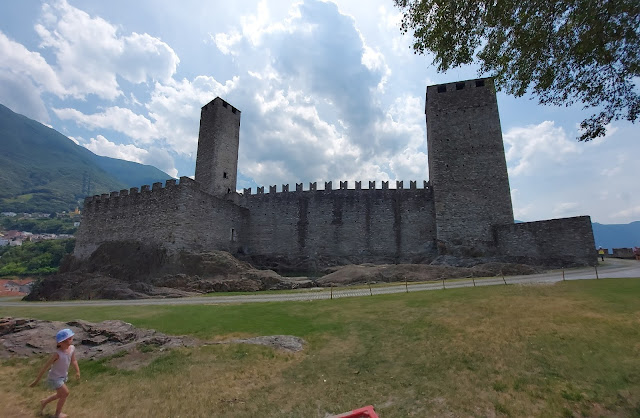No drive through northeastern Switzerland is complete without visiting Liechtenstein. As best I can tell, Liechtenstein is independent because the land was granted to the family by the Holy Roman Emperor, so when Napoleon abolished the office, the land because independent. The Liechtenstein family didn't move there until their other vast holding were seized or threatened during World War 2. The Prince of Liechtenstein is the richest monarch in Europe, mostly because he owns LGT Group bank, the largest family-owned private bank in the world. On an unrelated note, Liechtenstein has been accused of being a tax haven. We stopped in the capital, Vaduz, to sample some of the Prince's wines.
|





















































